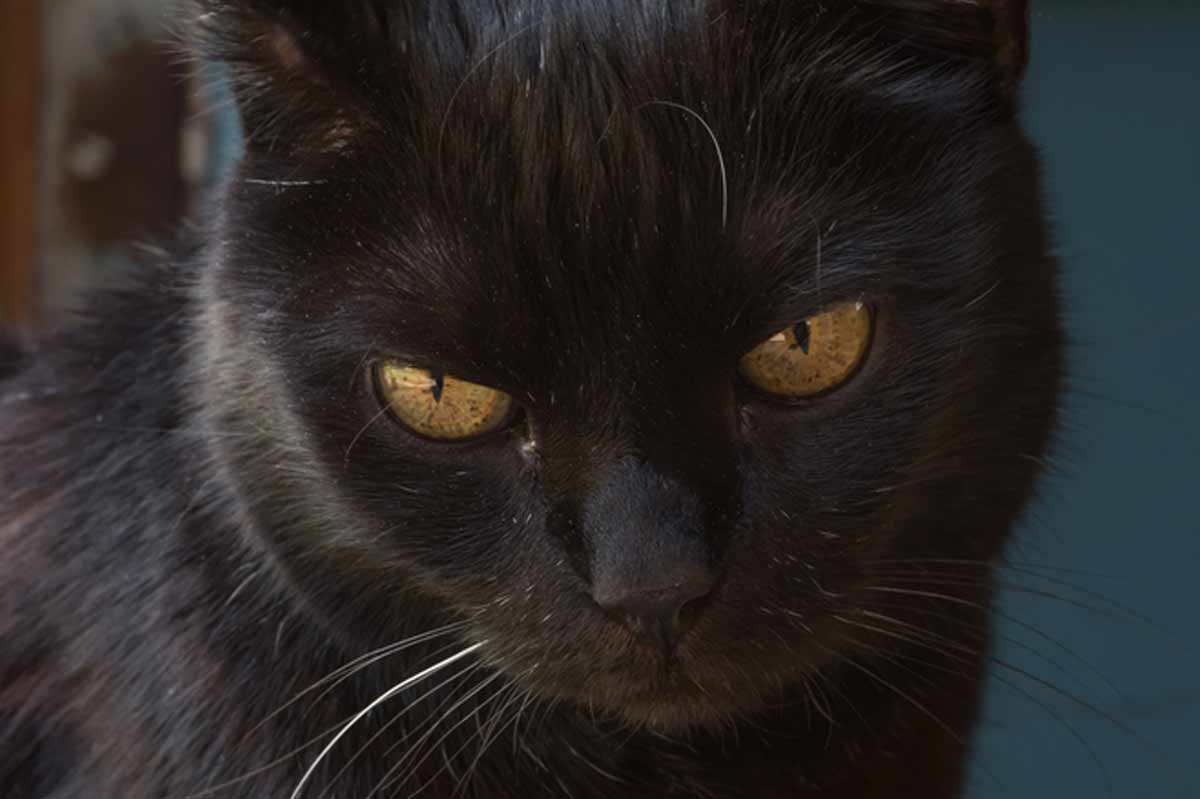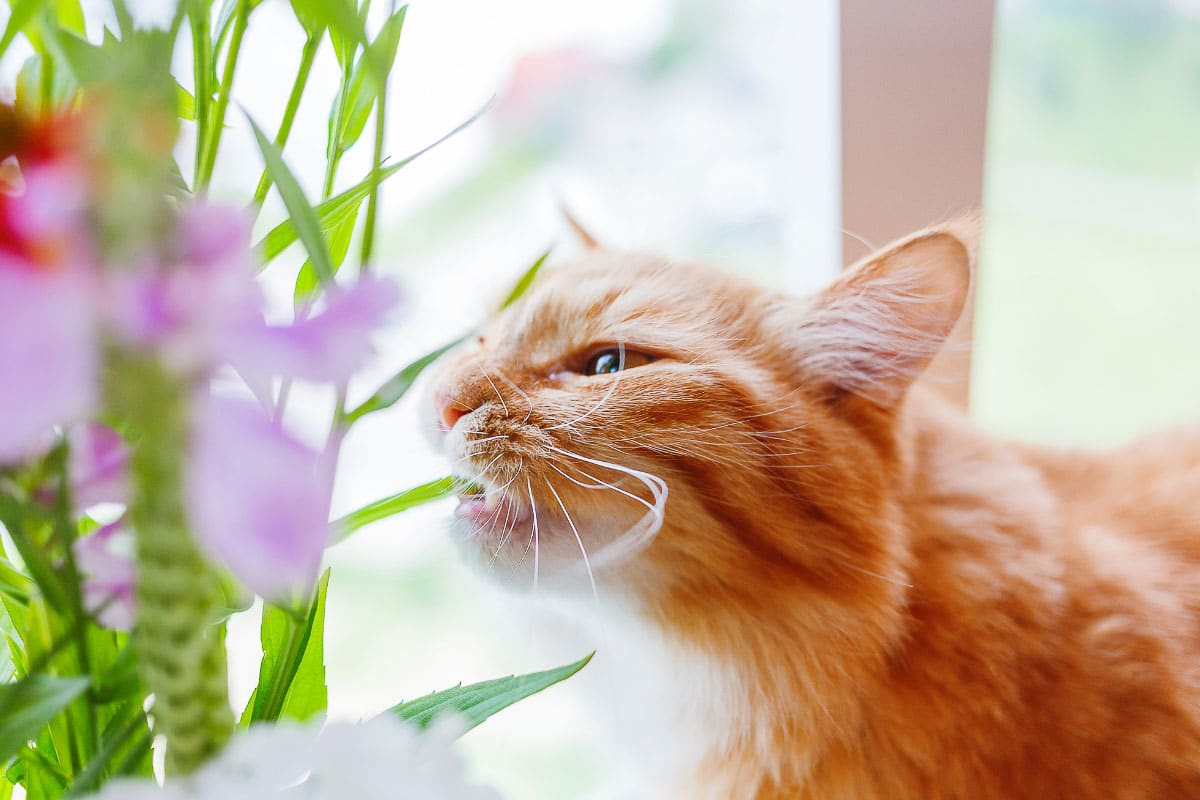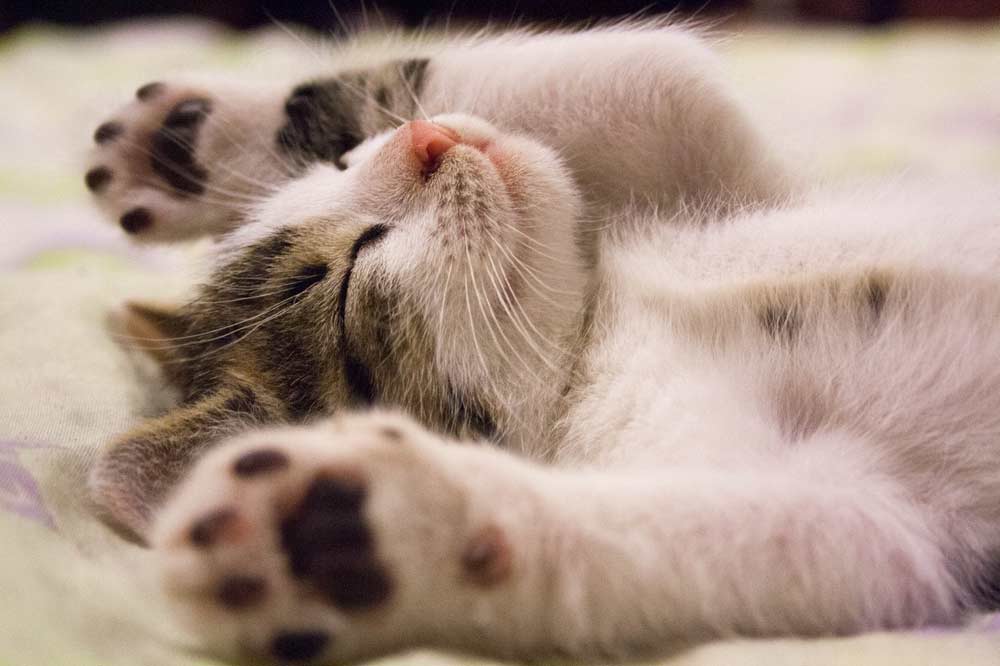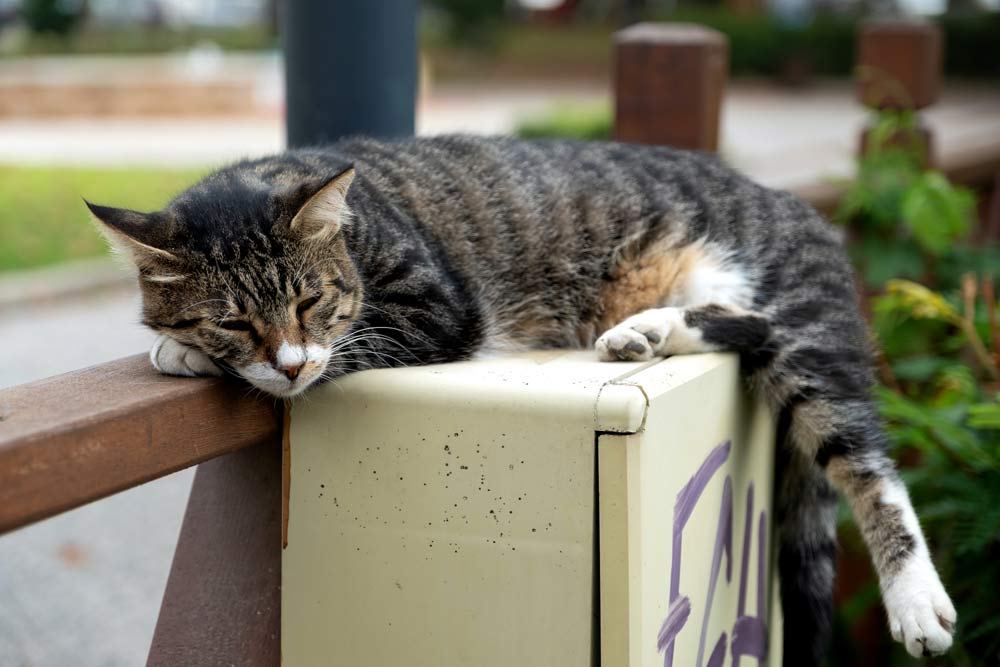What scents and smells do cats hate? Imagine this: you walk through the door, eager to greet your furry friend, only to be greeted by a scene of devastation. Your prized houseplant lies in tatters, a porcelain masterpiece shattered on the floor, and the culprit? Your perfectly adorable, yet mysteriously disgruntled, feline companion. What heinous crime could have warranted such havoc? The answer, my friend, might lie not in your cat’s claws, but in your choice of air freshener. Welcome to the often baffling, always fascinating world of scents, and smells cats hate. This article will share an overview of the scents and smells cats hate. Keep reading
Understanding these olfactory aversions isn’t just about avoiding feline fury; it’s about creating a harmonious home environment where every breath is delightful, not dreadful, for your furry housemate. In this article, we’ll embark on a journey through the intricate map of a cat’s nose, decoding the triggers, behaviors, and solutions to navigate the sometimes bumpy road of olfactory animosity.
What smells do cats hate?
Cats, renowned for their discerning senses, exhibit a fascinating array of olfactory preferences. The intriguing world of feline olfaction unveils a spectrum of scents that elicit disdain and aversion. Delving into this aromatic realm, we uncover the olfactory tapestry that cats find displeasing.
Mustard: A Pungent Repellent in the Feline Realm
Mustard, with its piquant and assertive aroma, emerges as a surprising catalyst for feline aversion. The robust and penetrating scent of mustard triggers a disdainful response in cats, adding a curious dimension to their aromatic sensitivities.
Cinnamon: Aromatic Warmth Turning Cold for Cats
While humans often revel in the comforting embrace of cinnamon’s warm scent, felines, on the other paw, crinkle their whiskers in disapproval. The spicy and sweet notes that characterize cinnamon transform into an olfactory deterrent, creating a sensory dissonance for our feline companions.
Citronella and Coleus Canina: Natural Odor Barriers for Cats
Nature’s olfactory barricades, citronella, and Coleus canina, stand as formidable adversaries to a cat’s sensitive nose. The distinct, citrusy notes of citronella and the pungent aroma of Coleus canina act as aromatic guardians, dissuading felines from venturing into spaces imbued with these natural odors.
Pine and Cedar: The Forest Aromas Cats Disdain
Contrary to popular belief, not all felines revel in the scents of the great outdoors. The earthy fragrances of pine and cedar, reminiscent of a forest’s embrace, might seem appealing to us, but they evoke a less-than-enthusiastic response from our feline friends, unveiling the idiosyncrasies of their aromatic sensibilities.
The Unpleasant Essence of a Dirty Litter Box
A cat’s fastidious nature extends beyond personal grooming to its living environment. The unmistakable stench of a neglected litter box, teeming with the lingering odors of waste, repels cats, accentuating the importance of maintaining pristine feline facilities.
Coffee and Vinegar: Complex Aromas Cats Find Unappealing
The complex and layered aromas of coffee and vinegar, cherished by human connoisseurs, create a sensory disquiet for cats. The intricate composition of these scents intertwines with the feline olfactory system, resulting in a less-than-pleasurable experience for our discerning companions.
Eucalyptus and Essential Oils: Aromatic Antagonists for Felines
While humans appreciate the invigorating scent of eucalyptus and essential oils, cats beg to differ. These aromatic antagonists permeate the air with notes that clash with a cat’s sensory preferences, steering them away from spaces infused with these potent fragrances.
Lavender, Pepper, and Certain Herbs: A Symphony of Odors Cats Shun
The fragrant symphony of lavender, the piquant bite of pepper, and the herbaceous notes of certain herbs form a cacophony of odors that cats unequivocally shun. Each element in this olfactory ensemble contributes to a disconcerting symphony for our feline companions.
Banana and Peppermint: Surprising Aromatic Offenders
Bananas and peppermint, often considered innocuous in the realm of human olfaction, emerge as surprising aromatic offenders in the feline world. These seemingly benign scents trigger a response that hints at the intricacies of feline olfactory aversion.
Citrus Scents: A Zesty Deterrent for Cats
The zesty and vibrant notes of citrus scents, cherished by many, transform into a potent deterrent for cats. The sharp and invigorating aroma of citrus stands as a formidable barrier in the feline olfactory landscape, deterring their curious noses.
Lingering Whiffs of Old Fish: An Unpleasant Residue for Cats
While fresh fish might entice a cat’s palate, the lingering whiffs of old and stale fish tell a different story. The acrid undertones of decaying fish create an unpleasant residue that prompts feline aversion, showcasing the nuanced nature of their olfactory preferences.
Soaps and Deodorants: Synthetic Scents Cats Find Unsettling
The synthetic scents infused in soaps and deodorants, pleasing to human noses, evoke a sense of unsettlement in cats. The chemical undertones of these products elicit a cautious reaction from our feline companions, underscoring the importance of considering their olfactory comfort.
The Intricacies of Inter-Feline Aversion
Cats, known for their territorial instincts, extend their olfactory preferences to their kind. The scent of other cats can become a source of aversion, triggering territorial responses and highlighting the intricate dynamics of inter-feline relationships.
Rosemary, Cleaners, Pine, and Thyme: Additional Layers in Feline Olfactory Aversion
The aromatic layers deepen as we explore the aversions of cats to rosemary, certain cleaners, pine, and thyme. Each scent contributes a unique nuance to the intricate tapestry of feline olfactory aversion, unveiling the multifaceted nature of their olfactory sensitivities.
Unmasking the Mystery: Why Do Cats Hate Certain Scents?
A cat’s nose, a seemingly ordinary feature, conceals an extraordinary superpower. With a staggering 14 times more olfactory receptors than their human counterparts, felines delve into a multisensory realm we can only fathom with the utmost imagination. Their olfactory prowess is a symphony of aromas, a complex composition that paints a vivid picture of their environment. It is through this heightened sensitivity that we unravel the enigma of their scent-based dislikes.
Ancestral Whispers: Evolutionary Echoes in Olfaction
The cat’s nose is not merely a biological marvel but a time-traveling guide to its ancestral past. Certain scents act as ancestral whispers, triggering an ingrained aversion rooted in survival instincts. The sharp, citrusy fragrance of a predator’s fur or the pungent fumes emanating from a toxic plant—these olfactory cues are evolutionary echoes, remnants of past dangers or unpleasant encounters. In deciphering these scent-based dislikes, we decode the ancient language that guides a cat’s preferences.
Sensory Overload: The Delicate Balance of Feline Fragrance
However, it’s not only ancient fears that mold a cat’s olfactory aversions. Their noses can be delicate instruments overwhelmed by strong or unfamiliar scents. Picture attempting to savor a delectable meal while someone thrusts a bottle of bleach beneath your nostrils – hardly a conducive scenario for enjoyment. This sensory overload provides insight into why even mundane household items can unexpectedly trigger aversion in these remarkably sensitive felines, showcasing the intricacies of their scent-driven experiences.
The Tapestry of Individuality: Feline Olfactory Preferences
In the kingdom of cats, individuality reigns supreme. Just as humans have distinct preferences for perfumes and aversions to certain scents, our feline companions exhibit their unique olfactory quirks. Some breeds might display heightened sensitivity to citrus notes, while others may tolerate the bold presence of strong spices. Recognizing and navigating these personal nuances is paramount in understanding the intricate tapestry of the scent-scape within the shared domain of your home. It is in these nuanced preferences that the rich diversity of feline olfactory experiences unfolds, creating a fragrant mosaic unique to each cat.
The Olfactory Offenders: Unveiling the Unpopular Aromas
Now, for the juicy part: the aromatic offenders that send shivers down a cat’s delicate whiskers. Let’s crack open the treasure chest of unpleasant smells, shall we?
Signs of Olfactory Discontent: Decoding Your Cat’s Disapproval
But how do you know your cat is secretly loathing the lavender diffuser in the living room? Their displeasure isn’t always as dramatic as the shattered vase scenario. Look for these subtle cues:
Other Interesting Articles
- How To Take Care Of A Kitten: A Guide For New Pet Owners
- Why Do Cats Chirp? Major Reasons Behind This Cute Sound
- 10 Common Reasons Why Cats Suckle? How To Discourage
- 12 Reasons Why Cats Meow So Much: How To Mitigate
- 9 Common Reasons Why Cats Chirp or Chatter: 5 FAQs
- Cat Zoomies: Why Does A Cat Get Them? When to Call a Vet?
- Burmilla Cat Breed: Profile, Traits, Grooming, Health, Care
- Aegean Cat Breed: Profile, Traits, Grooming, Health, Care
- American Wirehair Cat Profile, Traits, Grooming, Health, Care
- American Shorthair Cat Profile, Traits, Grooming, Health, Care
- American Polydactyl Cat Profile, Traits, Grooming, Health, Care
- American Longhair: Profile, Traits, Grooming, Health, Care
- American Curl Cat Profile, Traits, Grooming, Health, Care
- Asian Semi-Longhair Cat Profile, Traits, Grooming, Health, Care
- California Spangled Cat: Profile, Traits, Grooming, Health, Care
- Burmilla Cat Breed: Profile, Traits, Grooming, Health, Care
- British Shorthair Cat: Profile, Traits, Grooming, Health, Care
- Brazilian Shorthair Cat: Profile, Traits, Grooming, Health, Care
- Bombay Cat Breed: Profile, Traits, Grooming, Health, Care
- British Longhair Cat: Profile, Traits, Grooming, Health, Care




